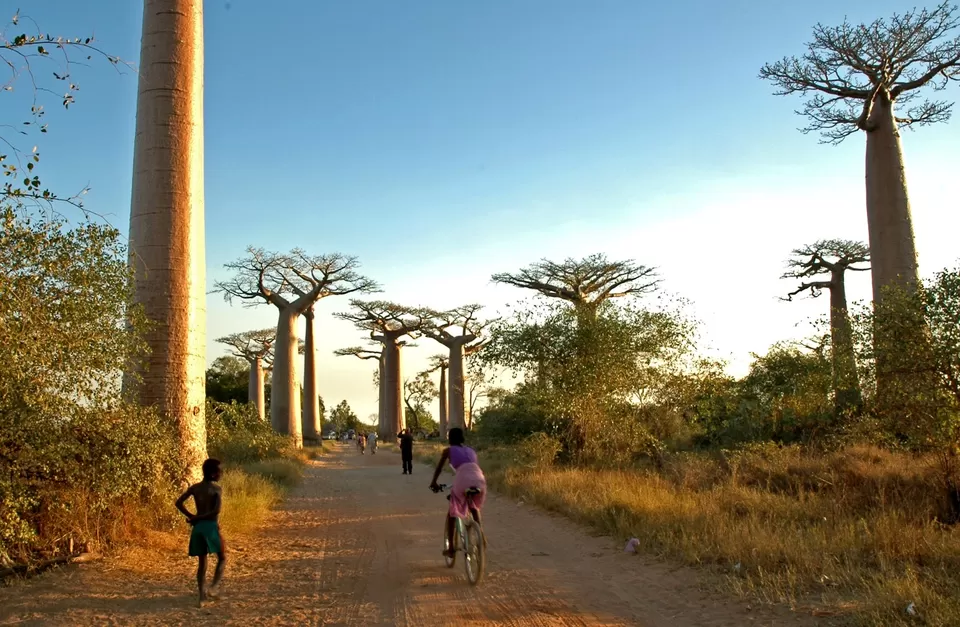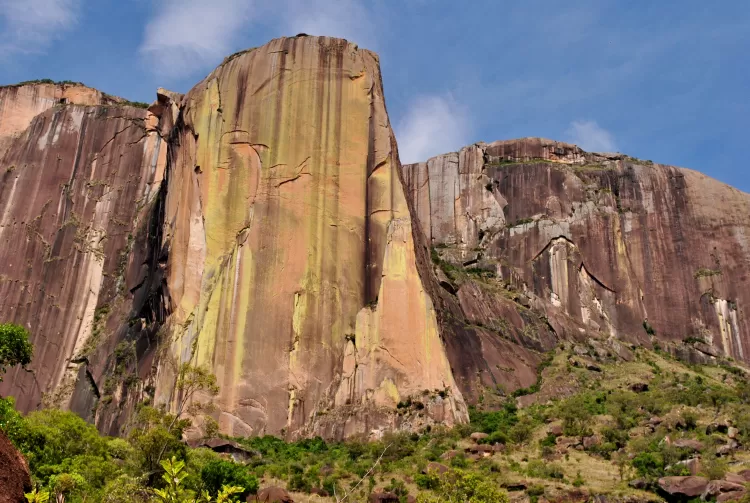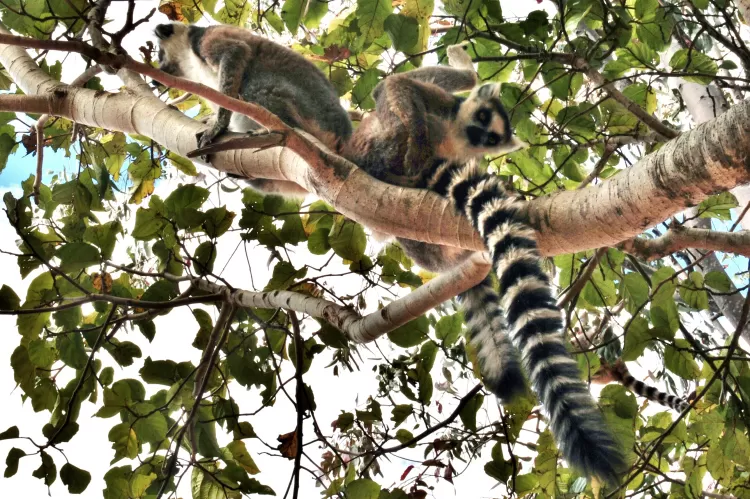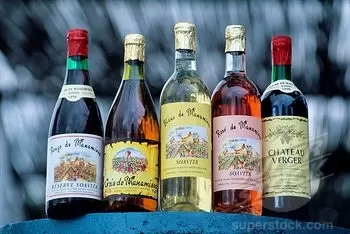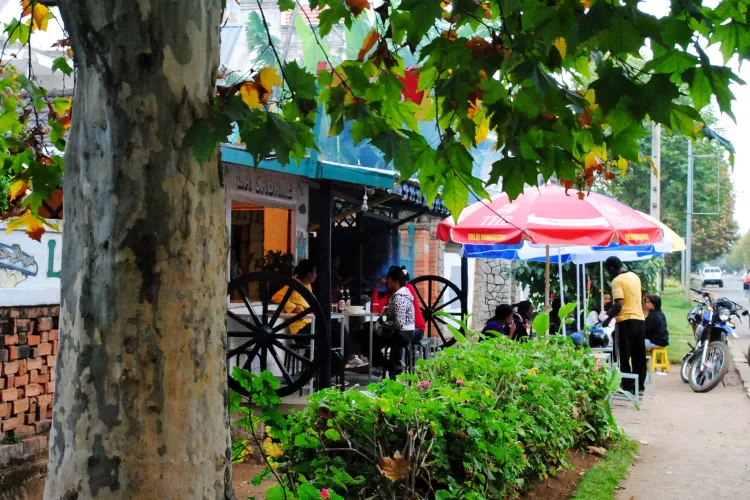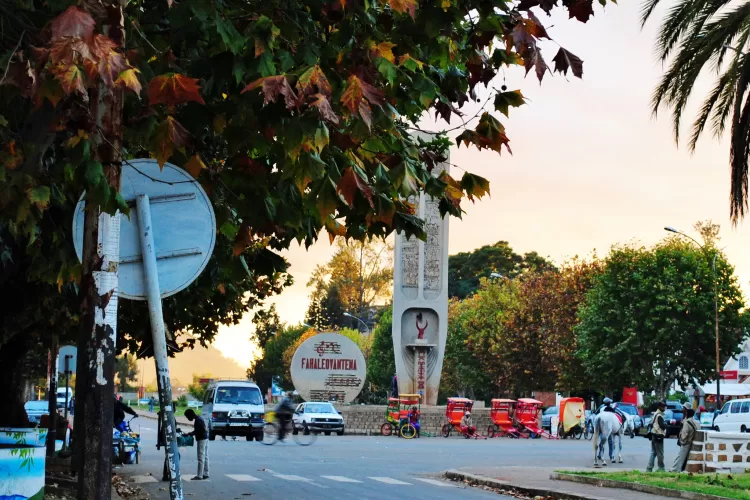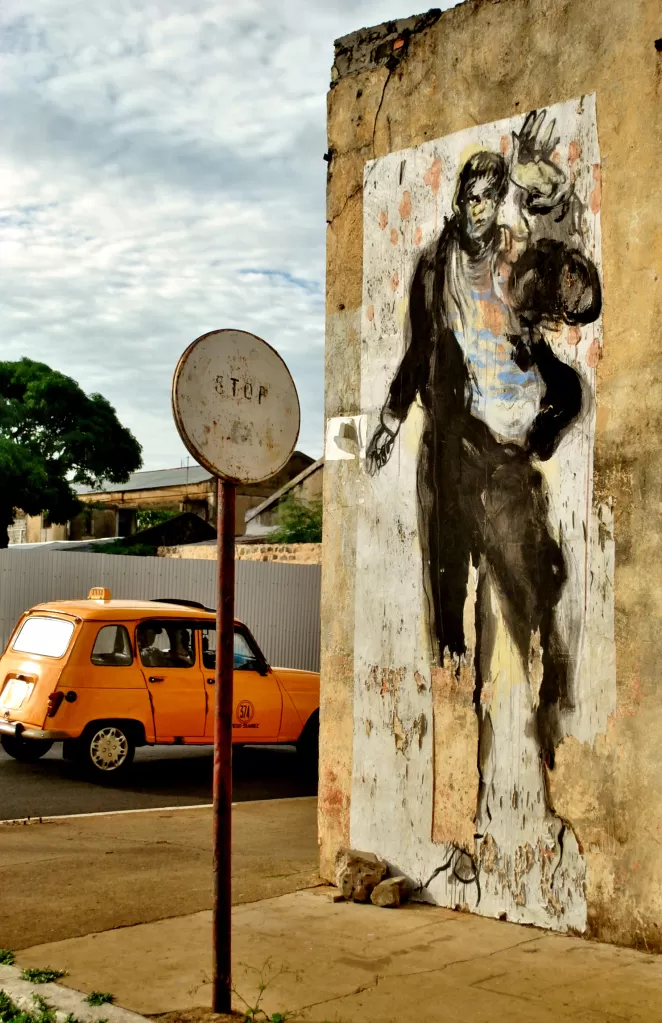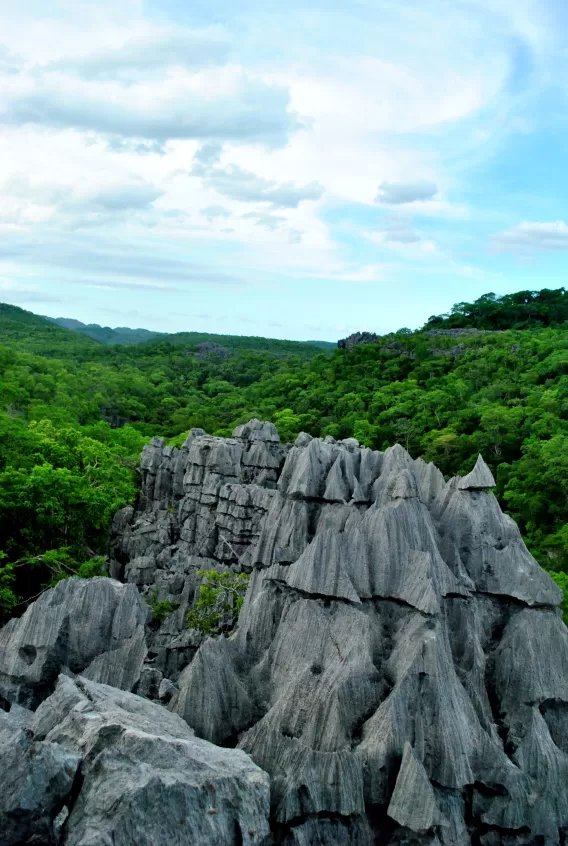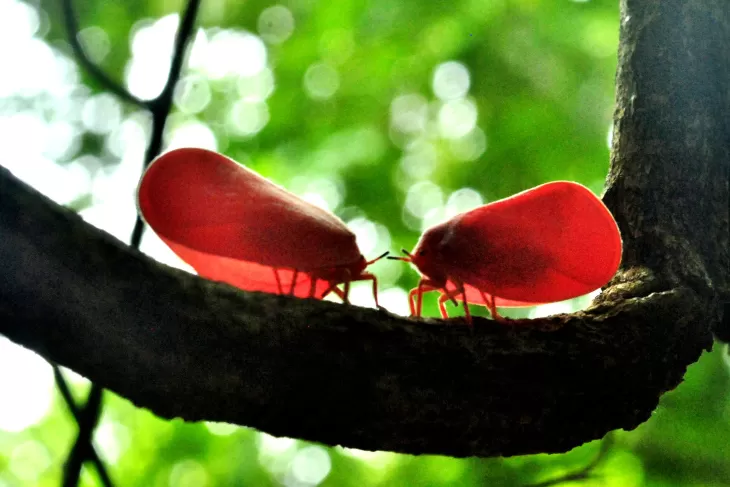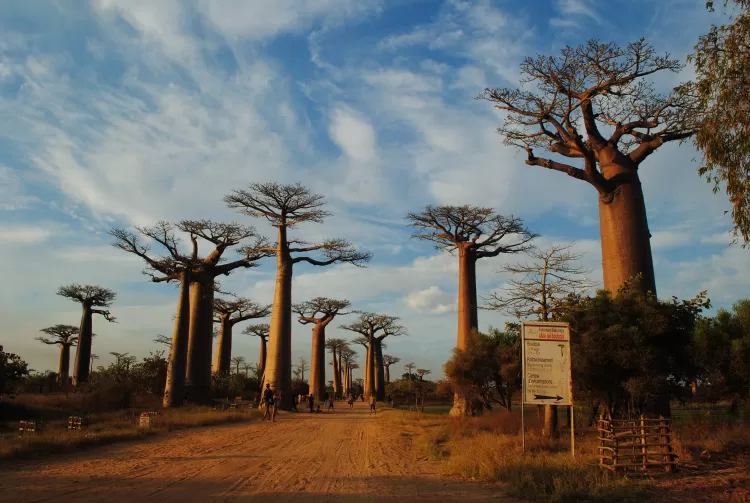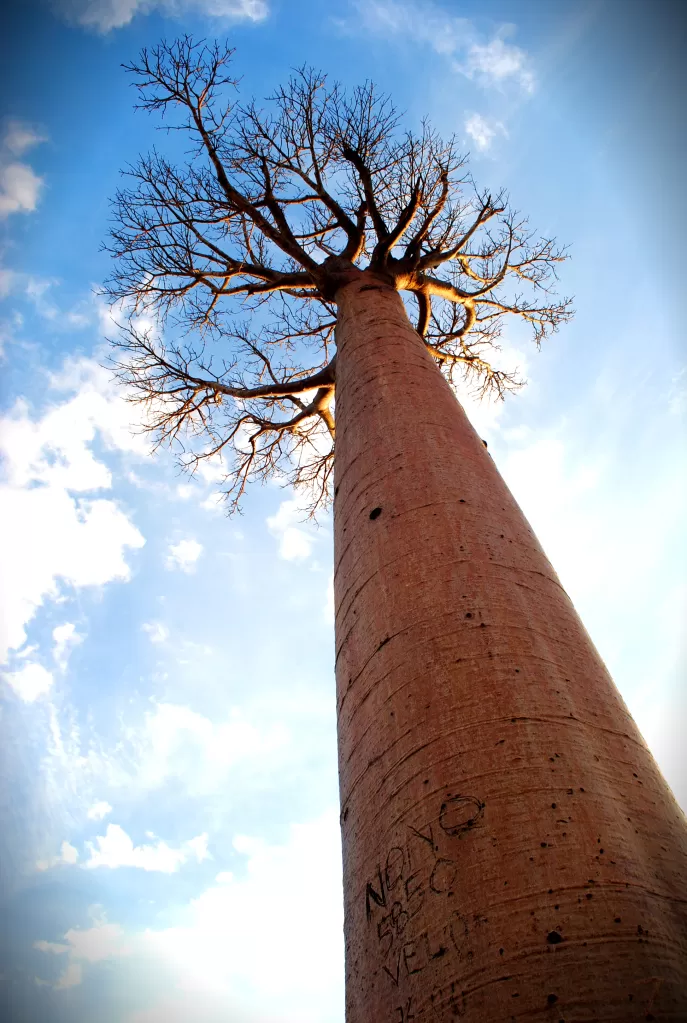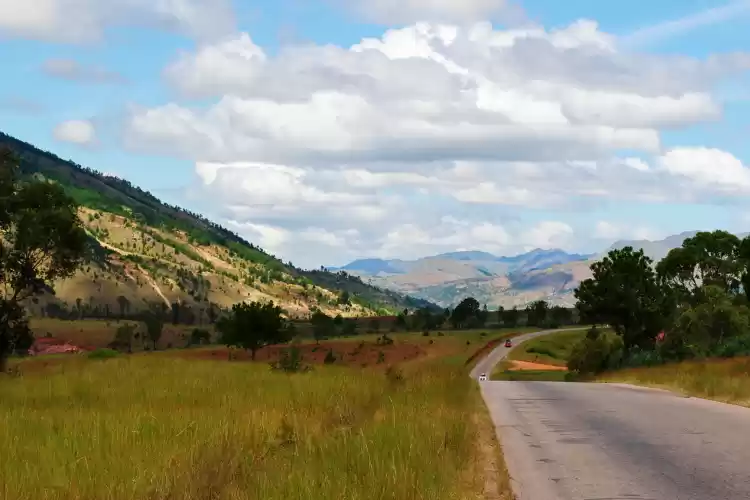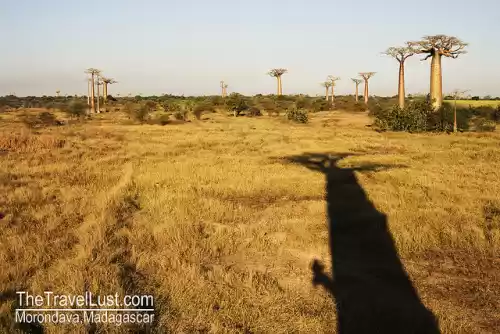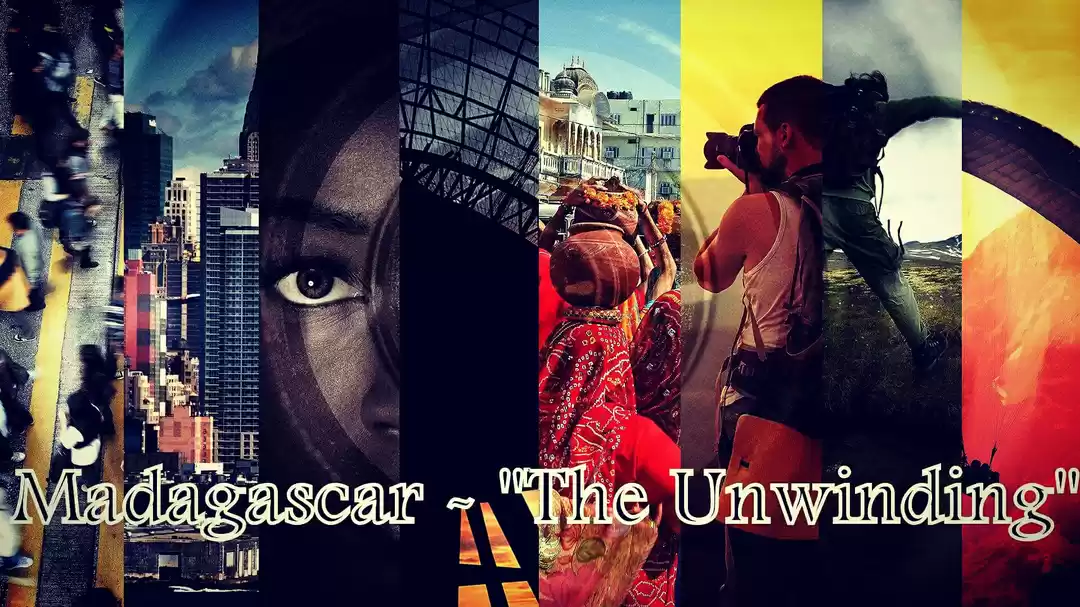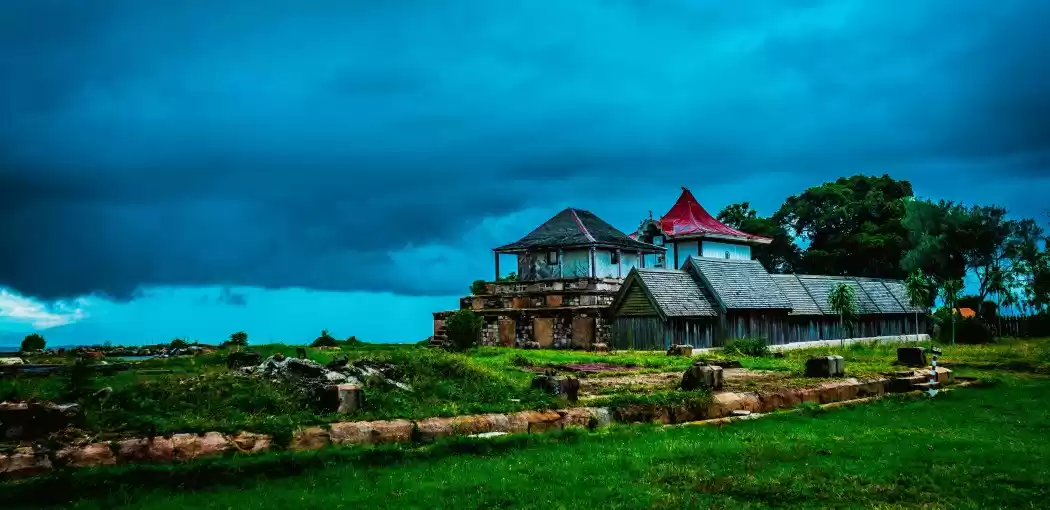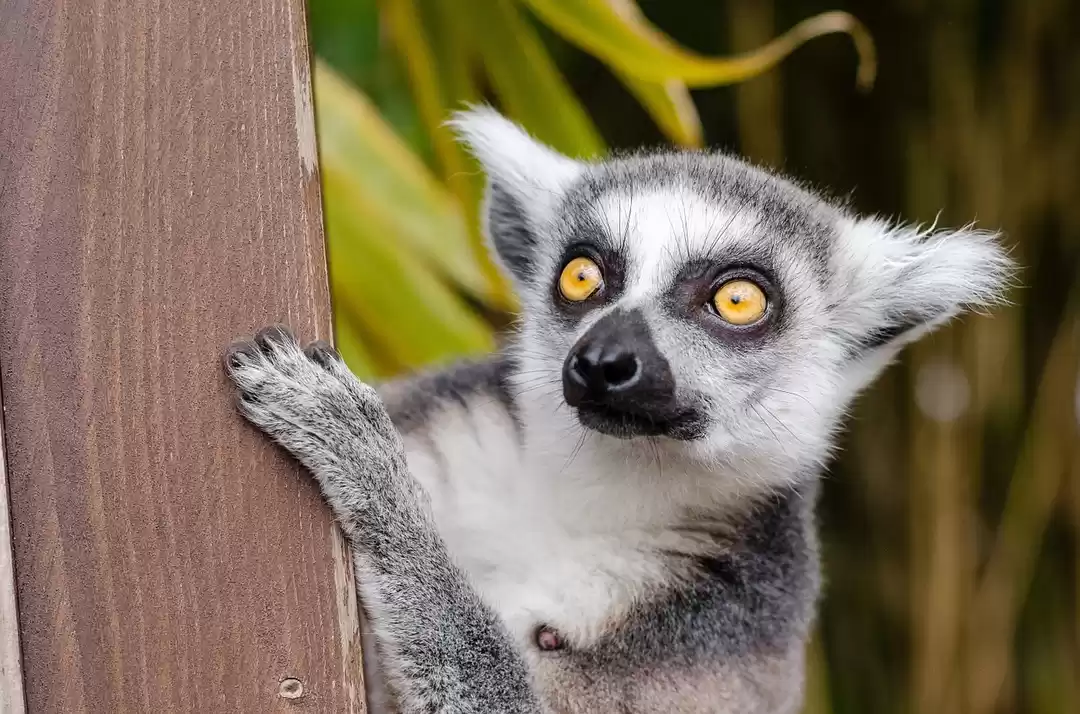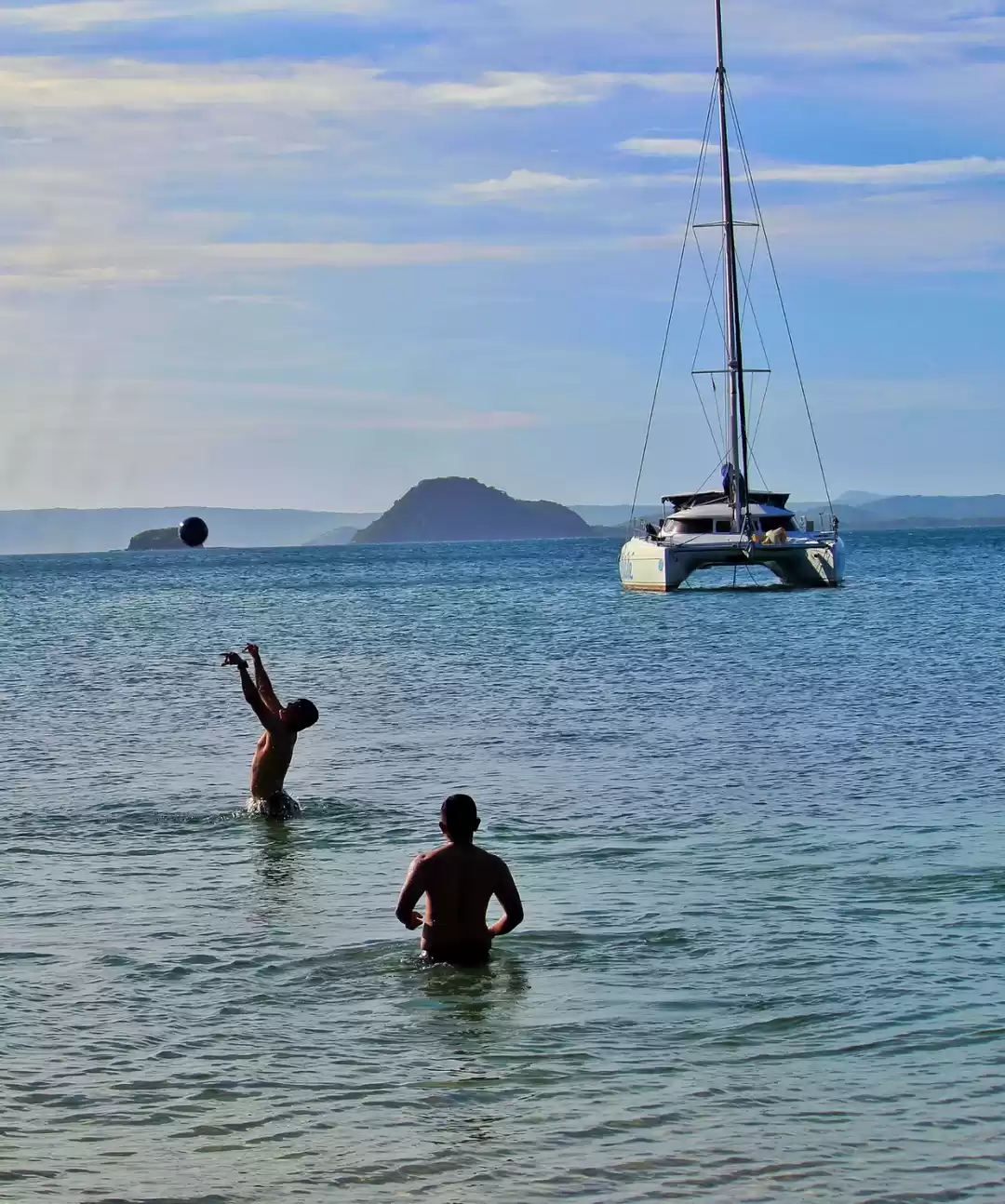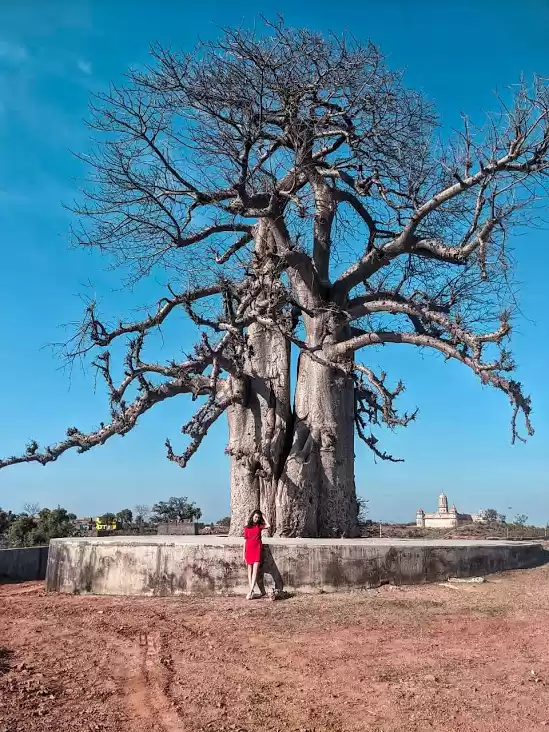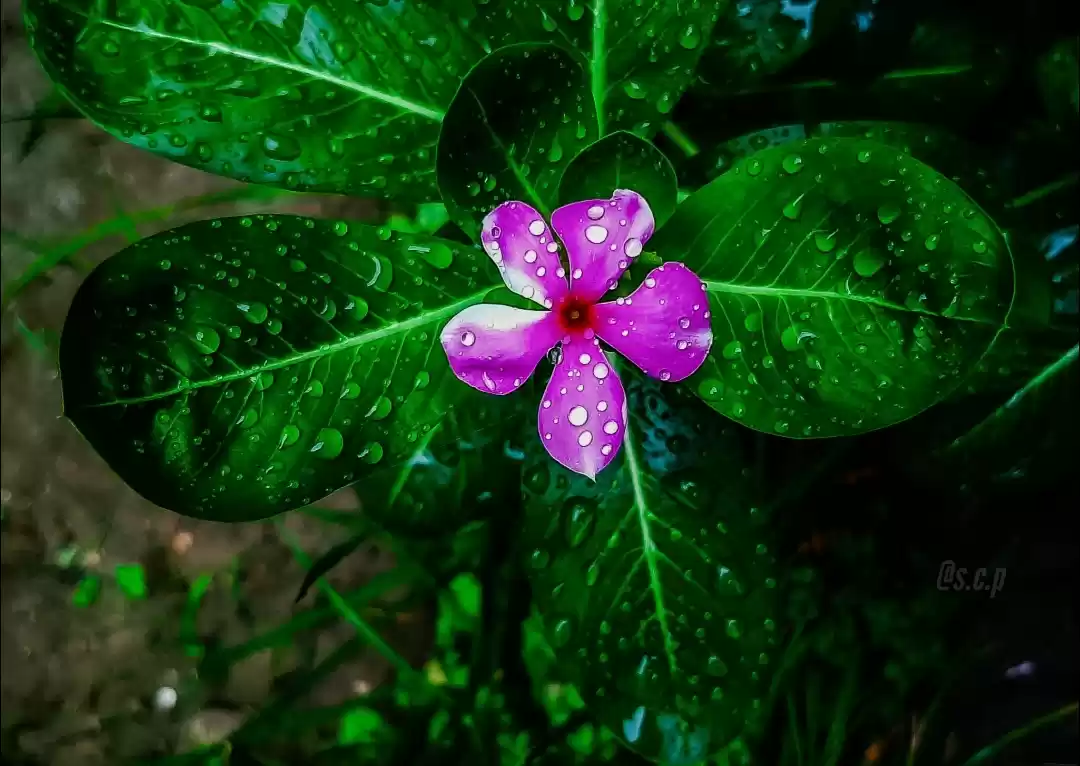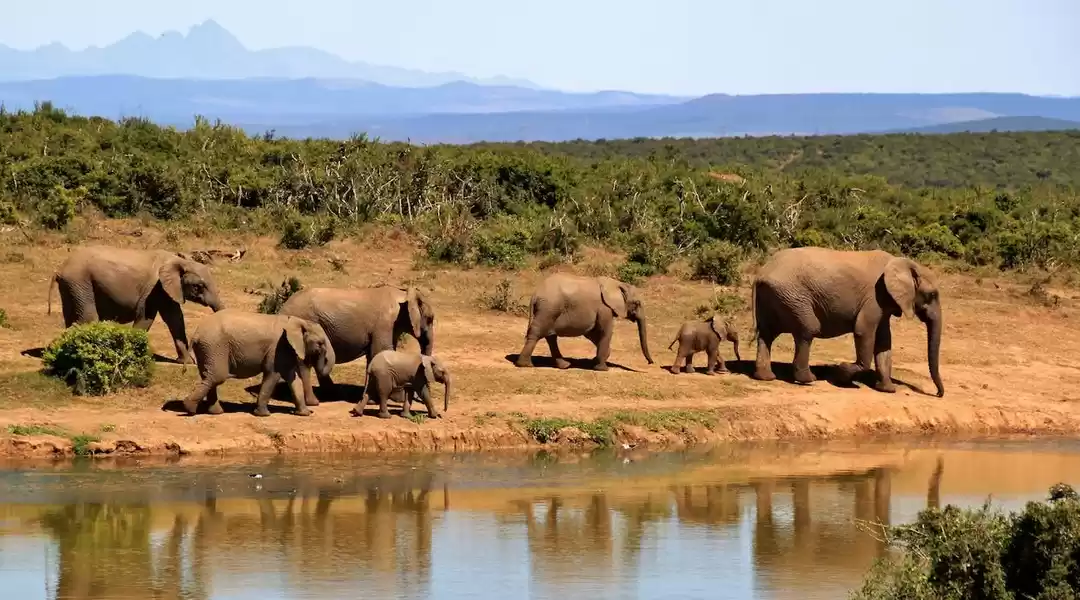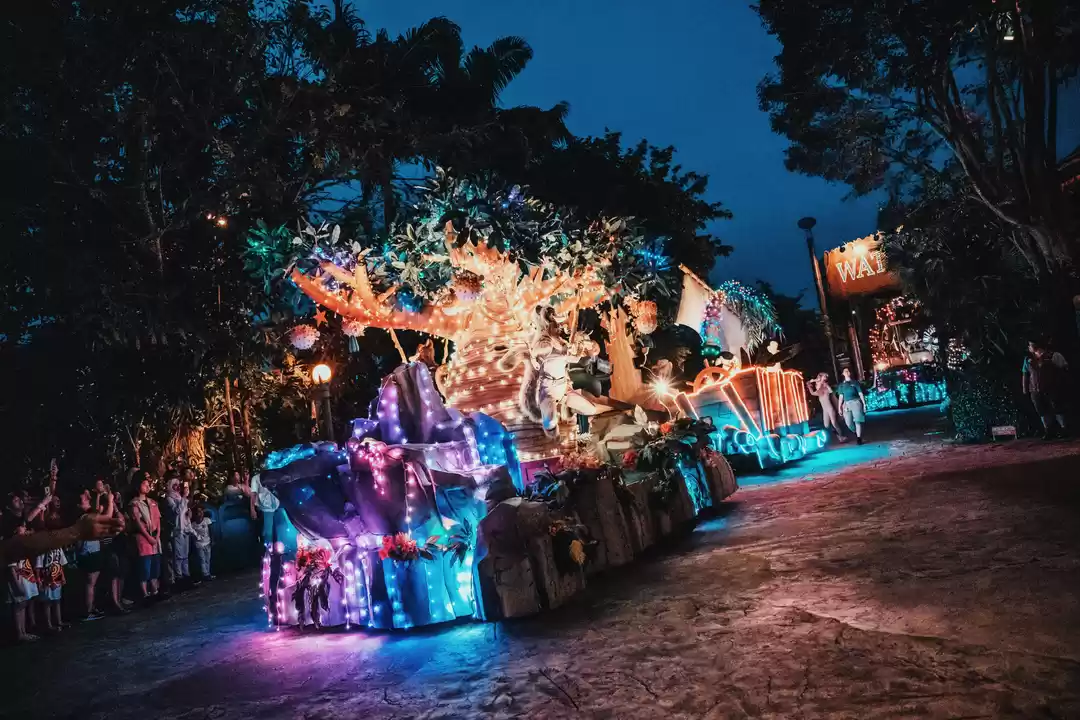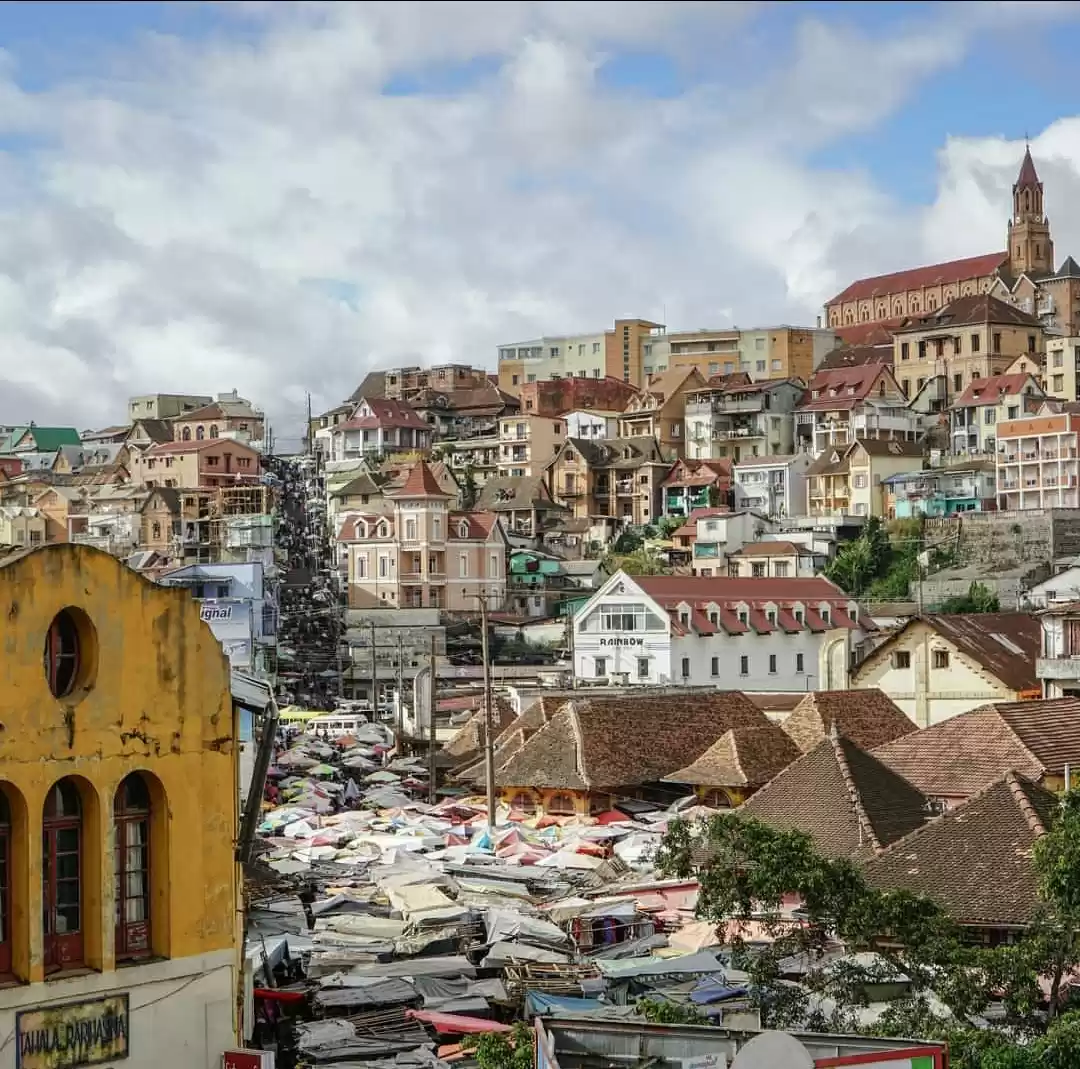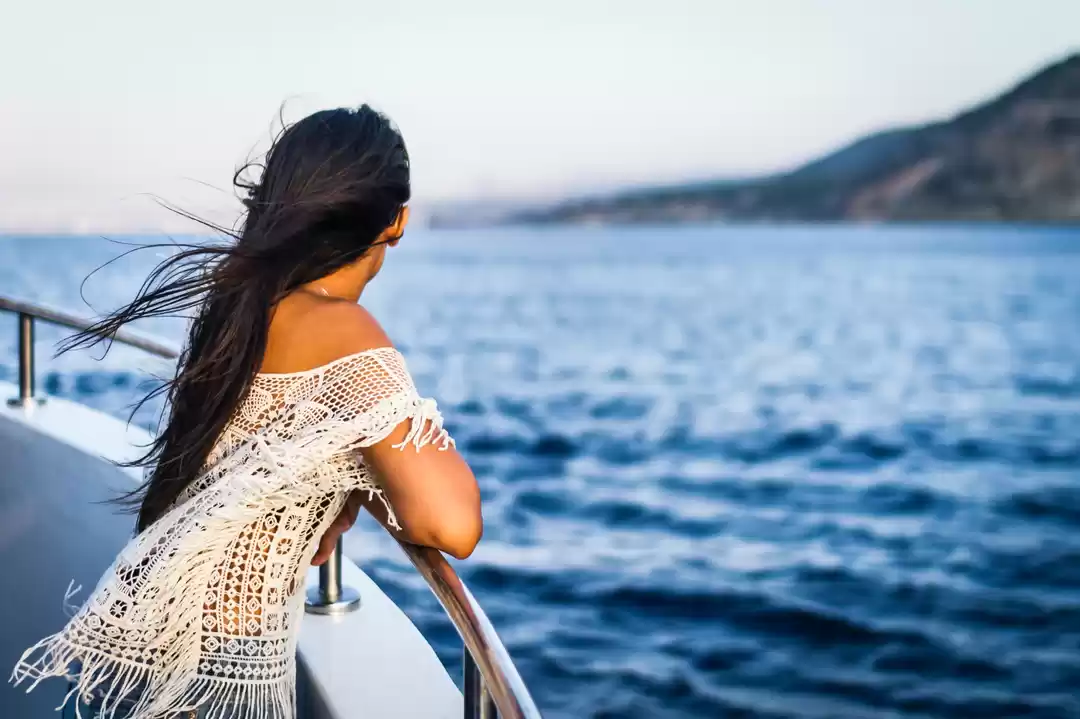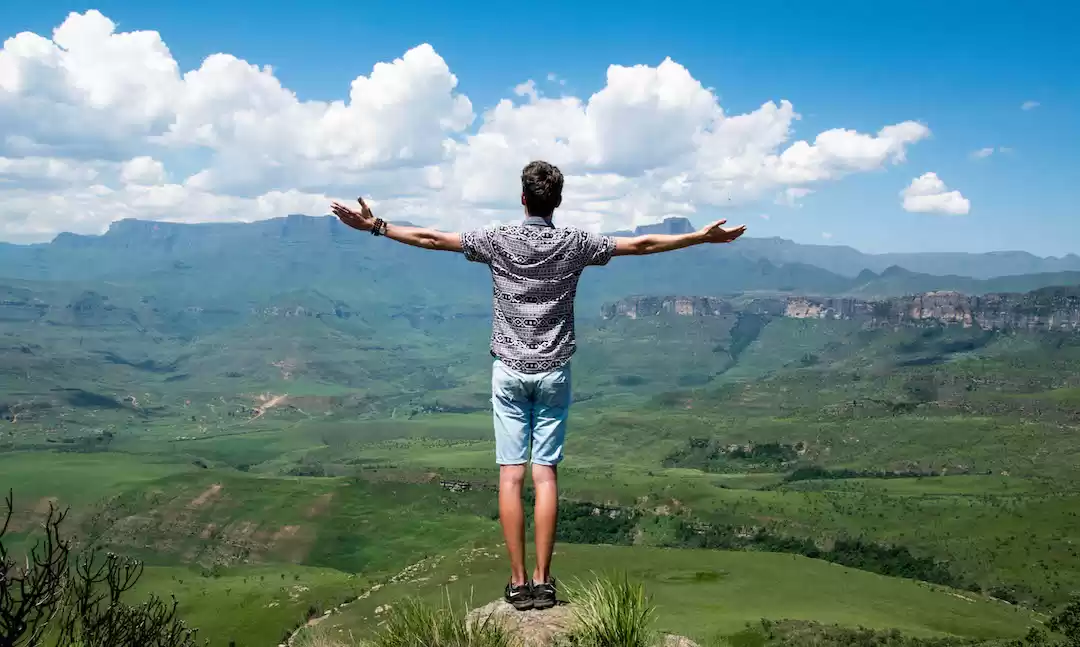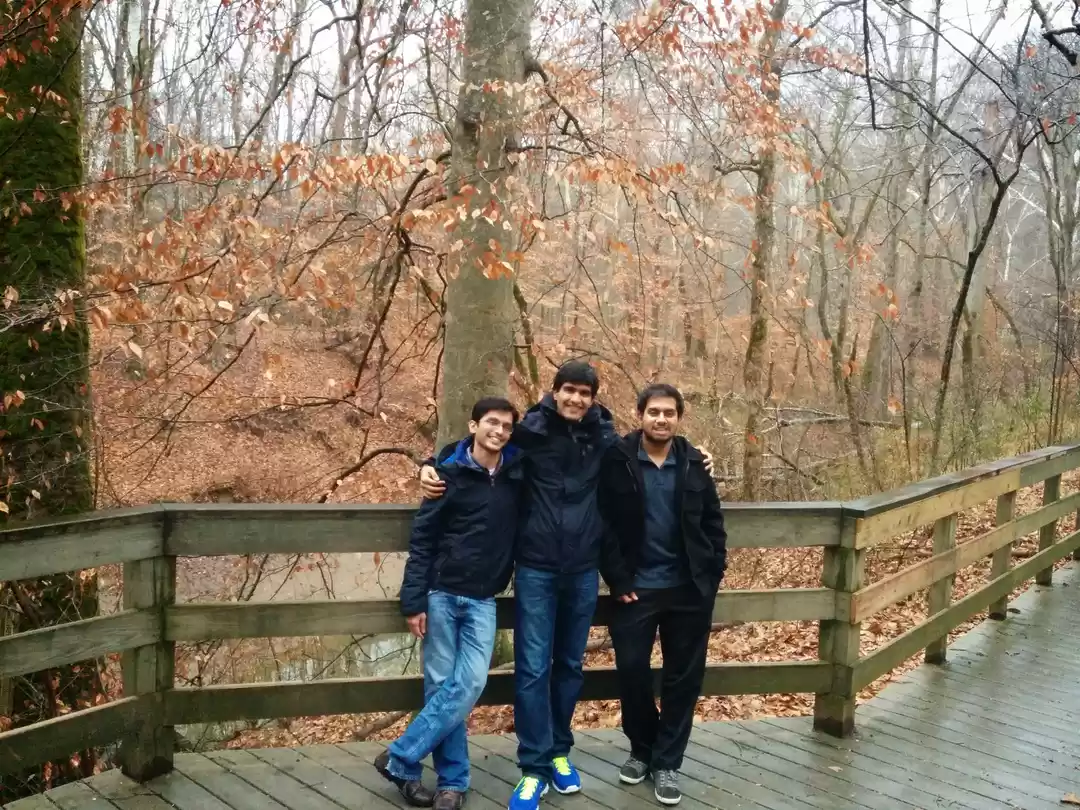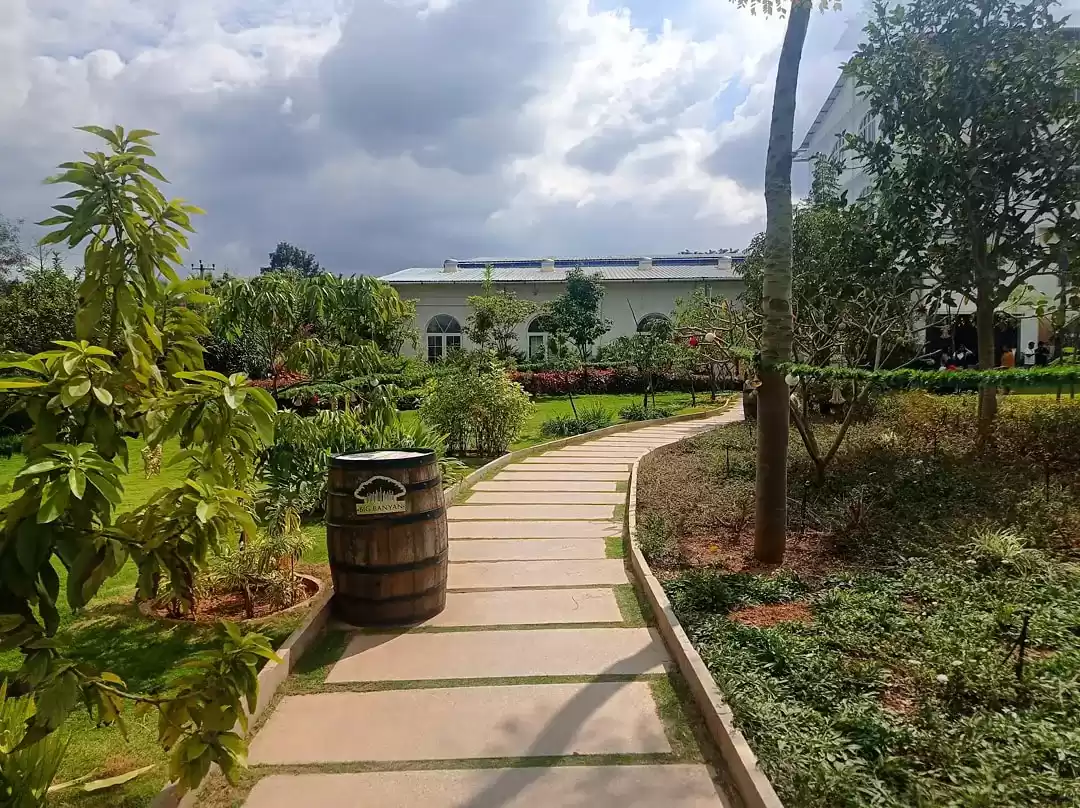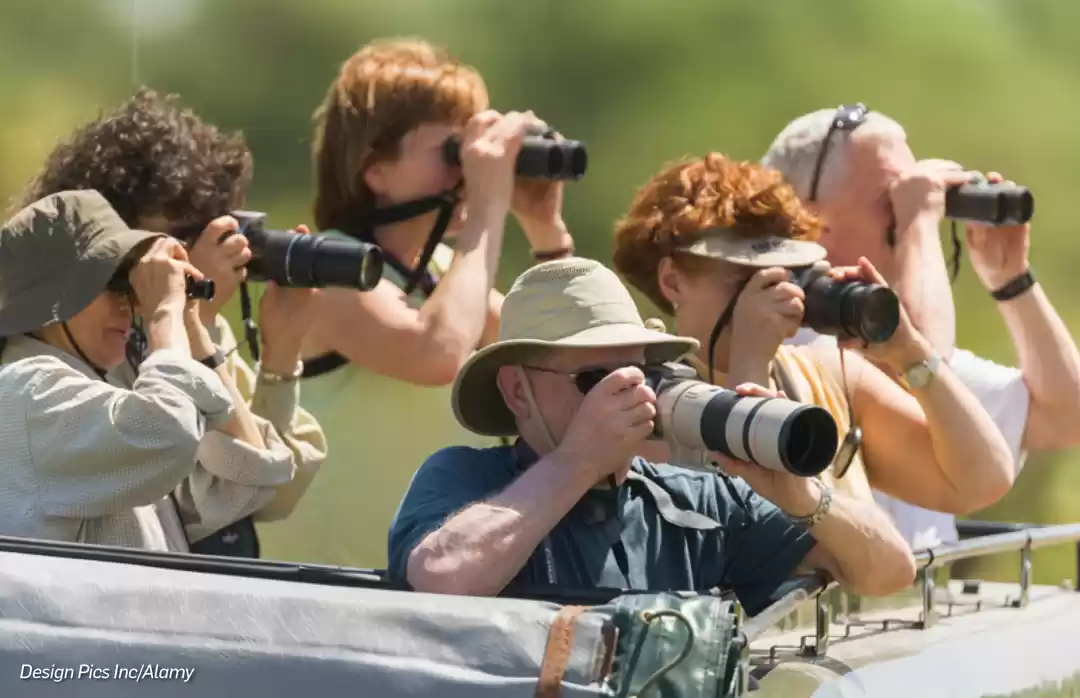




I took the trip to Madagascar as a Peace Corps Volunteer. Madagascar, the fourth largest island in the world located in the Indian Ocean, is a tryst with ethnic culture and nature. I, along with most PCVs, came to Madagascar knowing little about it but willing to make the commitment based on the little we did. After we got here, we spent much of our first few months figuring out what this place was all about and in the process uncovered wonderful and awful aspects of Madagascar’s character. Yet despite all of the awful (smelly piles of trash, annoying men, general lapses in logic) we found ourselves forcing to focus on the parts we loved in order to make the ‘marriage’ work (beautiful landscapes, cheap fresh vegetables, laidback attitudes). I was in Madagascar for around two years but, there are some places that have struck a chord with me. These are a few highlights of my extended stay there. Parts that I loved and that I will take back as memories.
I spent a month just outside of Andringitra National Park, but even a whole day there would suffice for you to see the park. In Ambalavao, the town where travelers stock up on food and supplies before catching the final bus to the edge of the valley, one of the guides, his wife, and two year old son waved me down while I was walking to market. The two-year-old didn’t remember me but talking to the guide and his wife, both of whom had been enthusiastic and cheerful students, I suddenly got an impression of what this trip would be: warm, welcoming, and an unexpected return to familiar faces and surroundings. From Vohitsoaka to the three camp sites in the valley, it’s about a two and a half hour walk on a wide, dirt road through rice fields, mountains, and the occasional compound of huts almost too small to be called a village. On that day, we had arrived on the cusp of a thunderstorm, giving the valley an almost sinister feel. One of my friends joked that we were headed towards Mordor. As we hiked over hills, we watched the clouds roll in, anxiously pondered a wall of rain in the distance, blocking mountains I knew we would have been able to see had it been clear. The shift in weather suddenly made it difficult to believe it was just four in the afternoon when we finally put down our heavy packs in the dining room at Tsara Camp, the cheapest of the three-camp site cluster at the foot of the rocks we had set out to climb.
When we finally set out to climb the next morning, it was one of the many people I had met and talked with in my previous stay who ended up guiding us to the base of a vertical multi-pitch route and helping us through our first ever multi-pitch attempt. With someone I had known from months before, the stiff client-guide relationship easily dissolved into an amicable friendship. “It’s so great being able to climb and speak Malagasy with you guys,” he said at one point, making me believe it wasn’t just a one-sided sentiment.At the end of the day, tired, I was more than happy to pay too much for a cold Coke.
Next week, I took a short trip to RN7 just south of Fianaratsoa, somewhere near Anja National Park, in the wine-making region of Madagascar. Wine tasting is a cherishable experience in Madagascar. Trust me, it’s terrible — I once got drunk after drinking an entire bottle because I was convinced it was just weird tasting grape juice and it couldn’t possibly be actual alcoholic wine. Needless to say, I was a bit shocked when I stood up.
Antsirabe in general just makes all the frustrations of life in Madagascar worth it. I have yet to figure out why the local music scene in Antsirabe is so vibrant – some bands from the area have even gone off to tour in La Reunion and France – but you don’t see me complaining. Almost every Friday night, folks in Antsirabe can find a live concert happening at Alliance Francaise, either for free or a small cover charge of about 5,000AR. The bands are almost always Malagasy, sometimes traditional but sometimes more of a rock/reggae kind of vibe.
I had spent six months in Madagascar before finally arriving in Ankarana National Park and getting the chance to see the dramatic landscapes and protected species that most tourists witness an abundance of on short, well-catered vacations. I set off, with nine other PCV's, into the humid, buggy, rainforest of Ankarana for a pair of caves dubbed “The Bat Caves” by our guides, I felt almost hyper-sensitive to the near total lack of human presence, the enveloping hum of cicadas and the raw smell of earth and wet trees. Finally, we tore ourselves away from the lemur-filled patch of forest and continued onwards to witness one of the less iconic animals indigenous to Madagascar, the Commerson’s leaf-nosed bat. A narrow path took us through tangled vines and alongside towering boulders, before arriving at a pair of caves the size of a five-story tall building, drifting thankfully cool air from their dark and mysterious depths.We were all relieved when the guides told us to take out our headlamps and take off our hats (to honor the dead ancestors whose spirits live in the caves) and follow them through the cool, hollow passages.
Once far from the entrance and collected in the belly of the cave, the high-pitched murmur of bat squeaks became slightly louder and a light shone upwards to reveal thousands of sleeping bats blanketing the entire roof of the cave. A couple fluttered around and I held my breath in the hope that none of the (20-something-year-old) boys would childishly throw a rock or shout loud enough to wake them up. Fortunately, we left the cave without a mass of bats frantically following our exit, and continued on the other half of the trail, which runs as a loop back to the trailhead.
Before bidding farewell to Madagascar, the picturesque Boababs were my last stop. I selfishly wanted my postcard snapshot of the Avenue de Baobabs at sunset too. They’re just so damn photogenic. I wasn’t alone in this. Car after car full of tourists rolled in, parking at the entrance closest to the road back to Morondava town or pausing for a few seconds to drop off groups returning from the Tsingy de Bemaraha National Park, so they could lazily walk the several yards of baobab-lined path back to their private four-by-fours just in time to get dinner. After we put away our cameras and piled into our taxis to head back to town for pizza, the cool night breeze forcing me to put on a sweater, I felt reminded of why I love travel — for these moments of absolute beauty and tranquility. For being separated from ‘the rest of the world’ but in such a way that isn’t anxious, but peaceful. I felt absolutely content to be where I was in that moment, but at the same time excited for the adventures to come.
